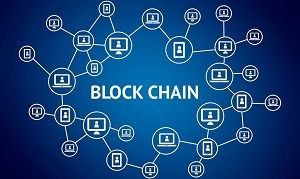As featured on Sloto Magazine
In the beginning people bartered goods and services but some 5,000 years ago, the Mesopotamian shekel appeared – the first form of currency in the world. Gold and silver were exchanged as money by 600 BCE and by the 7th century CE, China had the very first banknotes circulating. It took 1,300 years before the world saw its first credit card in 1950. Then, less than 60 years later, a new kind of revolutionary technology and currency came into being, namely: Blockchain and Bitcoin.
Bitcoin appeared in 2009 with the help of its underlying platform known as blockchain. It’s appeal was not immediately recognized but thirteen years later, blockchain is fueling a revolution with no end in sight.
What’s so grand about blockchain?
Blockchain’s innovation lies in the concept of decentralization. No central authority has control over the transactions that occur within blockchain. Rather than having a central database where all information is stored, blockchain runs on the internet and is open-sourced, with each user having an immutable copy of the platform’s ledger – the record book that keeps track of all the transactions. This is what is called a peer-to-peer network; each user has a reliable copy of every transaction, making fraud and corruption within the network a near impossibility.
The low risk of fraud has given trust to a trustless world and its appeal has grown fast since everyone can join and participate with nothing more than a smartphone and access to the internet.
Where will blockchain lead us to?
The first possibility is that cryptocurrencies will one day replace the current form of money. But the prospect is even wider as blockchain can be utilized in several areas such as real estate registration, supply chain tracking for every production industry, creating better health care records, increased business efficiency and fraud-free elections.
The world is on the verge of entering a new technological paradigm but it is important to remember that blockchain is still in its infancy. There might be unforeseen benefits and risks with this new technology that can radically transform the world we live in.






